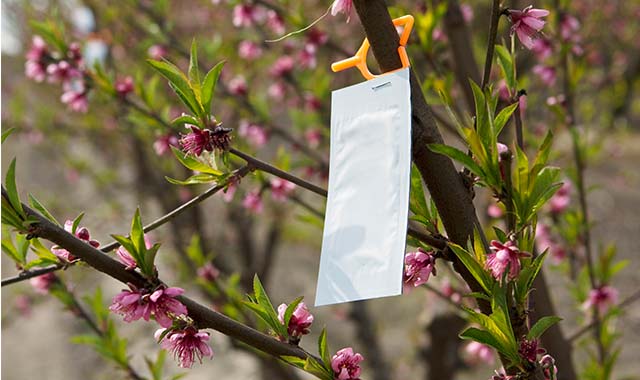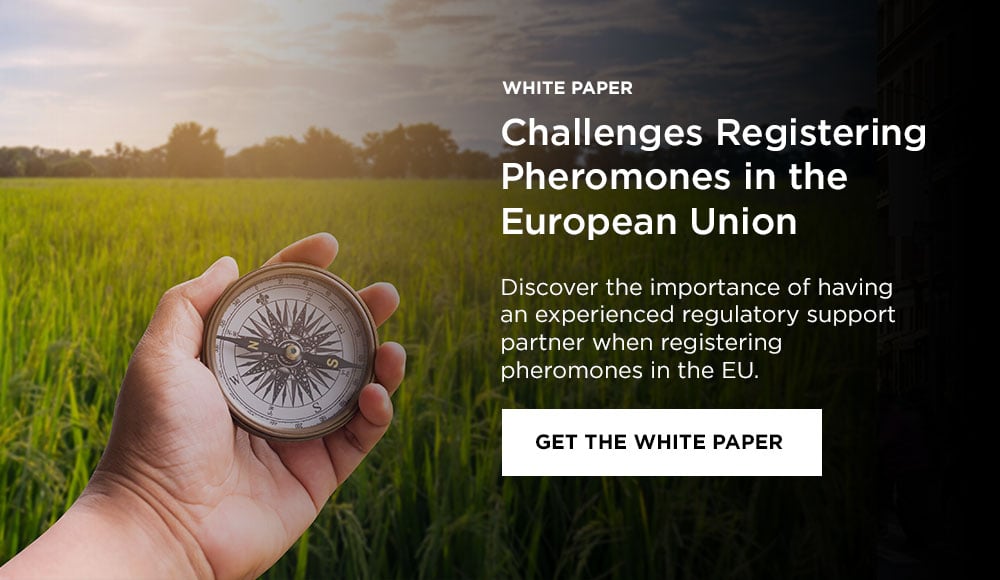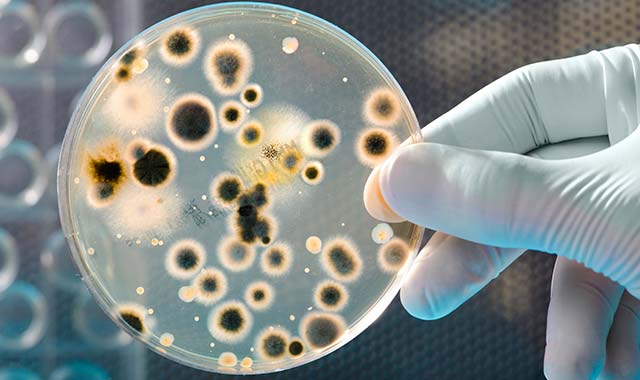Mastering EU Regulations for Pheromone-Based Crop Protection

In the crop protection industry, pheromones have emerged as a promising alternative to conventional pesticides. Their potential to disrupt pest mating behaviors and minimize environmental impact is undeniable. However, introducing pheromone-based products into the European Union (EU) market requires navigating a maze of regulations and considerations. This article serves as a concise guide to assist professionals in the crop protection industry in understanding the intricacies of EU pheromone registration.
Pheromones: A Green Approach
Pheromones are gaining attention due to their environmentally friendly approach, which sets them apart from traditional pesticides. They often secure regulatory approval with a reduced data set due to their high specificity to pests, making them especially effective. Moreover, their minimal residues reduce harm to beneficial organisms and diminish the necessity for extensive field trials. However, it's worth noting that EU guidance doesn't currently cover certain nuances, such as the impact of host-plant volatiles on pheromone effectiveness.
The Approval Process
The EU follows a rigorous approval process for pheromones, similar to conventional pesticides. Active substance approval comes from the European Commission, while product authorizations are granted by individual Member States. This process involves peer reviews, assessments, and, if successful, the issuance of an approval regulation.
Data Requirements and Assessments
Data requirements for pheromone registration span various areas, including identity, chemistry, efficacy, toxicology, residues and more. While like conventional substances, pheromones may require significantly fewer studies, particularly in toxicology and environmental fate. With no dedicated EU regulation for pheromones, aligning with various guidance documents becomes crucial.
Compliance and Assessment
Regulatory compliance demands adherence to recognized standards and guidelines like OECD. The review process typically takes 2-3 years but can extend beyond. Regulatory authorities prioritize biocontrol agents and low-risk substances, expediting their reviews.
Specific Challenges
-
Formulation stability: Developing stable pheromone formulations is a hurdle that our experts at Battelle can help you overcome.
-
Scope of regulation: Understanding whether a pheromone falls under regulation 1107/2009 depends on its intended use. Attractants, repellents and mating disruptors have distinct considerations.
-
Pheromone volatility: Careful assessment is needed to determine if additional data is required based on concentration levels.
-
Harmonization issues: EU Member States may have divergent rules which are addressed during product authorization.
Advantages of Low-Risk Substances
Substances categorized as low-risk enjoy several advantages, including extended approval periods and shorter authorization timelines. Some EU Member States actively promote their use through special rules.
Budget Allocation
The cost of pheromone registration can be significantly lower than that of conventional pesticides. Publicly available literature, toxicology data and strategic support can further reduce expenses.
The Significance of Regulatory Support
Having regulatory support throughout the process is crucial for biological product manufacturers. Battelle's multidisciplinary team of experts provides invaluable support, streamlining the registration process and ensuring compliance with regulatory standards.
Related Blogs
BATTELLE UPDATES
Receive updates from Battelle for an all-access pass to the incredible work of Battelle researchers.









